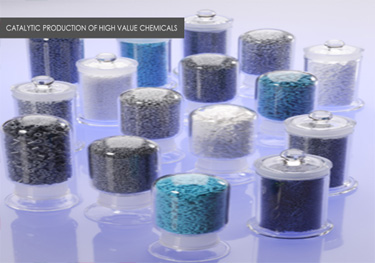Who We Are
The partnership between King Abdulaziz City for Science and Technology (KACST) and University of California-Berkeley was initiated in 2014 in order to create the Center of Excellence for Nanomaterials for Clean Energy Applications (CENCEA). The research focus at CENCEA lies in chemical engineering and materials science. KACST-UC Berkeley CENCEA aims to develop strong research collaborations between KACST and UC Berkeley on the subject of innovative nanomaterials for storage and production of clean energy to develop solutions for challenges in renewable and cleaner energy sources. The collaboration will broadly focuse on the synthesis of metal organic frameworks (MOFs) for use in different industrial applications. The proposed projects will have substantial impacts on the efficient separation of hydrocarbons, carbon capture from flue gas, gas conversion to liquid fuels, and solar energy conversion. Furthermore, a main objective for the collaboration is to develop scalable technologies for pilot phase commercialization. Specifically, the CENCEA team is working towards discovering bench-top breakthrough systems for selective gas capture evaluation, water storage and release devices.
Featured Projects

Project Description Carbon dioxide is typically considered a waste product since it is commonly released as a result of combustion,

Catalytic production of valuable chemicals (non-CO2 related). Methane is the main constituent of natural gas

Harvesting water from air, new materials are being created that capture water from air, even at very low relatively humidity,
Publications and IPs
The Chemistry of CO2 Capture in an Amine-Functionalized Metal-Organic Framework under Dry and Humid Conditions
The use of two primary alkylamine functionalities covalently tethered to the linkers of IRMOF-74-III results
Calcium L-Lactate Frameworks as Naturally Degradable Carriers for Pesticides
Two porous, chiral metal−organic frameworks (MOFs), Ca14(L-lactate)20(acetate)8(C2H5OH)- (H2O) (MOF-1201)
Molecular Retrofitting Adapts a Metal−Organic Framework to Extreme Pressure
Despite numerous studies on chemical and thermal stability of metal−organic frameworks (MOFs)
